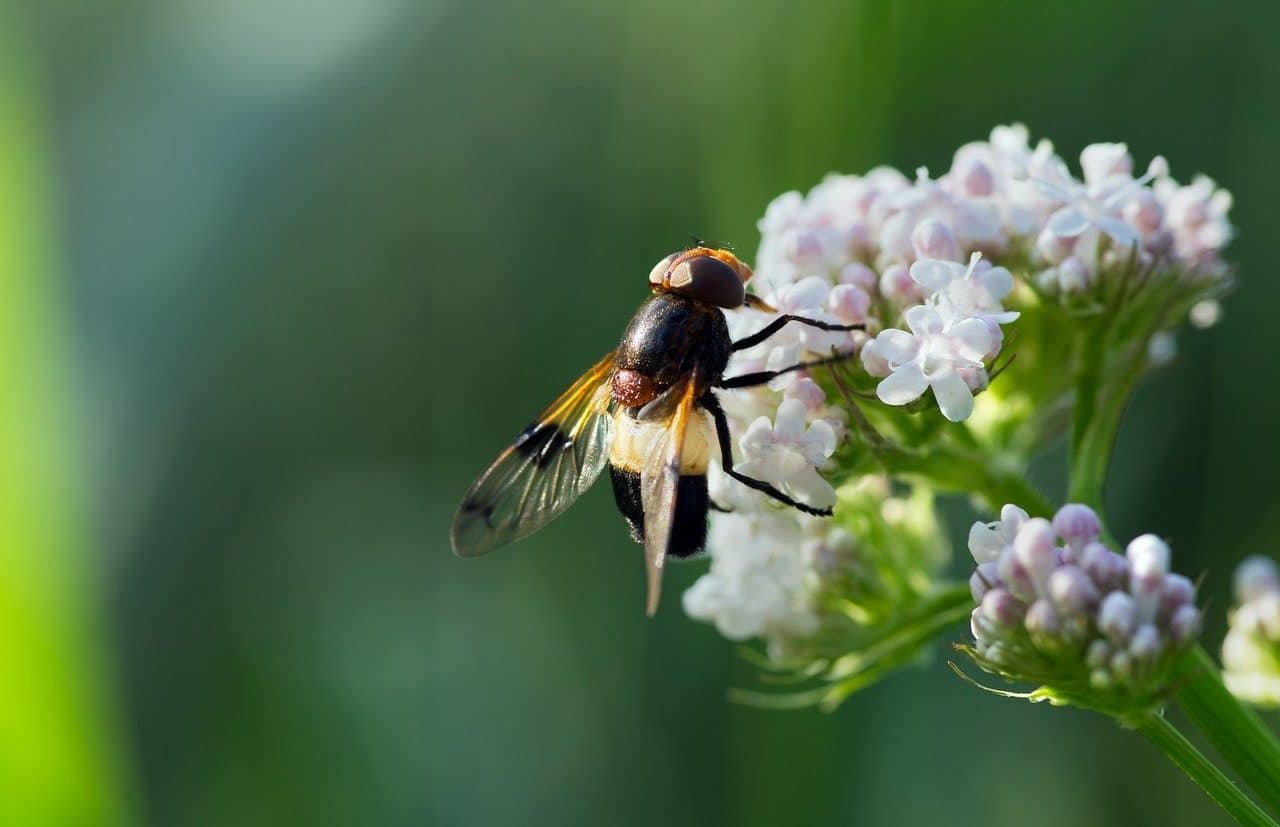
Pollination involves the transfer of pollen from the stamen to the stigma of the flower.
Pollination is the process that develops from the moment the pollen leaves the stamen in which it was generated until it reaches the pistil in which it will germinate. It is, therefore, the passage of pollen from the stamen to the stigma , a journey that will then allow germination and the appearance of new fruits and seeds.
It is possible that pollination takes place in different ways. Sometimes, it develops from the participation of an animal called a pollinator . Pollination can also be carried out by water or wind, which can transport pollen.
Who develops pollination
Among the animals that can act as pollinators are both insects and birds . If the first ones participate in the process, pollination responds to the name entomophilous . Meanwhile, if the latter are the ones that act, it is called ornithophilous .
Typically, however, it is the bees that most frequently participate actively in the aforementioned pollination. And they, among other things, are great for undertaking this process because their hairy body allows them to easily collect pollen as well as transport it.
Those plants that require the intervention of an animal for pollination are known as zoophilic plants . Typically, they establish a mutualistic bond with the pollinator; This implies that both the plant and the animal receive some benefit from the relationship they maintain. To attract insects or birds that are responsible for pollination, plants appeal to their aroma and color.

Entomophilous pollination is carried out by insects.
The action of the wind
Most crops produced through agricultural practices grow through wind pollination. A percentage, however, requires the participation of animal pollinating agents.
When the wind is responsible for allowing pollination, it responds to the name anemophilous . In it, the wind is what transports the pollen and takes as its protagonist a series of plants that produce significant levels of the aforementioned pollen. Examples of these are pines or poplars, among others.
These vegetables and fruits that require animal intervention often face problems since pesticides and the invasion of exotic species threaten pollinators. When these animals move away from the plants , pollination does not occur.
Self-pollination and cross-pollination
On the other hand, when the plant does not need animals or the wind to undertake pollination, the process is called self-pollinating pollination . This process consists of the pollen found in the plant, specifically in its stamens, falling directly on what is the stigma of the plant.
In addition to all of the above, we cannot ignore the existence of what is known as cross-pollination . What is it? Fundamentally, it is what is produced when pollen from one plant is transported to another. This happens, for example, in different fruit crops.
